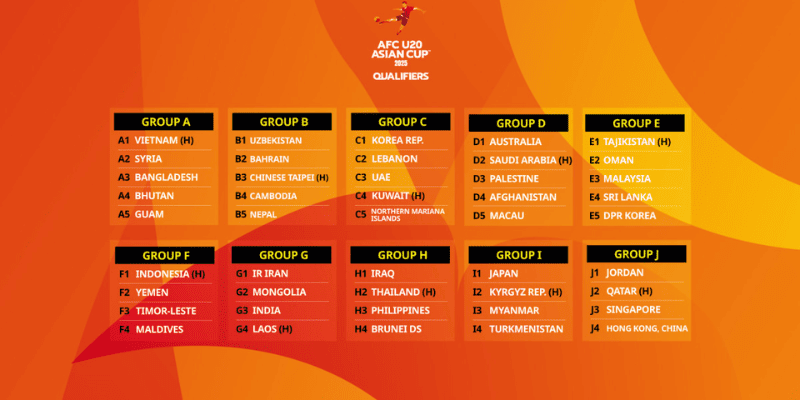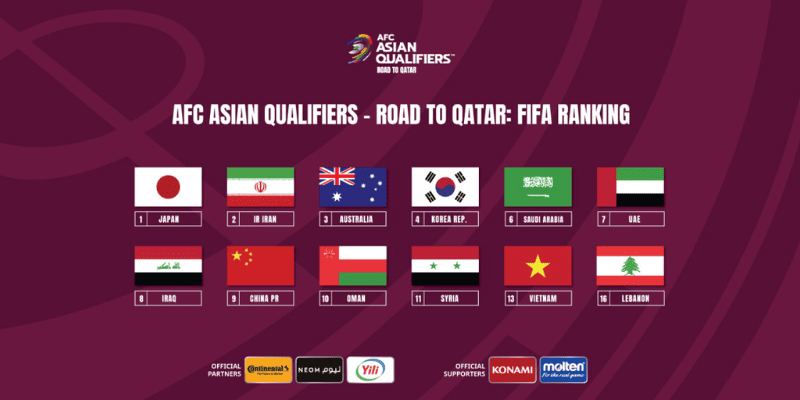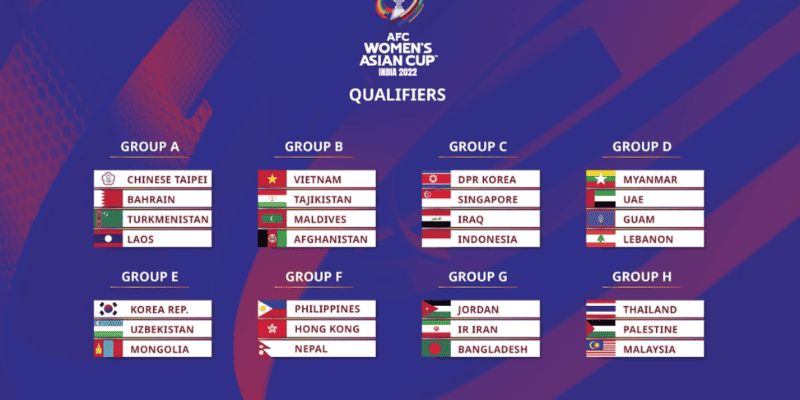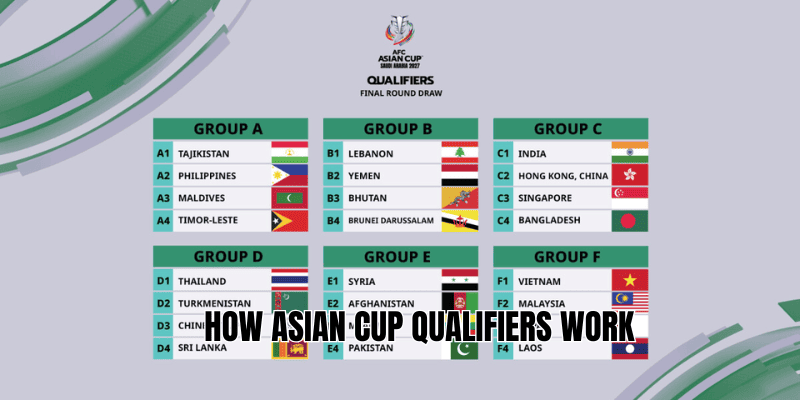When you wonder how Asian Cup qualifiers work, you’re looking at a complex, exciting football journey that decides which national teams in Asia make it to the final tournament. In this article, CicloKick will guide you through the current format, rounds, and key rules that define who qualifies for the AFC Asian Cup—in particular the path to the 2027 edition in Saudi Arabia.
Overview of the 2027 AFC Asian Cup qualification

The AFC Asian Cup is Asia’s premier men’s national team competition. For 2027, there will be 24 teams in the final tournament, including the host (Saudi Arabia). The qualification process involves four rounds, with the first two rounds doubling as qualification for the 2026 FIFA World Cup.
Here are the high-level steps:
- Host nation gets automatic qualification.
- The other 23 slots are filled through qualifying rounds.
- Rounds 1 & 2 serve both for World Cup 2026 and Asian Cup 2027 qualification. Rounds 3 & the play-off round are only for the Asian Cup.
Round-by-round breakdown
Here’s a step-by-step explanation of each qualifying round, including who participates, what they need to do, and how many qualify.
Round 1 (Preliminary / Knockout)
Participants: Teams ranked 27–46 in Asia (20 teams total).
Format: Two-leg (home-and-away) knockout ties.
Outcome:
- 10 winners advance to Round 2.
- Among the losing teams:
- The 3 best-ranked losers go directly to Round 3.
- The remaining losers are sorted: some go to the play-off round.
Round 2
Participants: Teams ranked 1–26 plus the 10 winners from Round 1 (so 36 teams).
Format: Nine groups of four teams each (home-and-away round-robin).
Outcome:
- The 9 group winners and 9 group runners-up automatically qualify for the Asian Cup 2027. They also progress in the World Cup qualifying path.
- The remaining 18 teams (those who finish 3rd and 4th in these groups) go on to Round 3 of the Asian Cup qualification.
Play-off round (for some losing teams from Round 1)
- Participants: The lower-ranked losing teams.
- Format: Home-and-away ties.
- Outcome: Winners advance to Round 3 of Asian Cup qualification.
Round 3
Participants: 24 teams in total. They are made up of:
- 3 best losers,
- 18 third- and fourth-placed teams,
- 3 winners from the play-off round.
Format: Divided into six groups of four teams. Each group plays home-and-away round-robin matches.
Outcome: Only the group winners.
Key numbers & slots

Let’s sum up how the 24 final tournament spots are allocated:
- 1 spot: Host nation (Saudi Arabia for 2027).
- 18 spots: Teams that qualify via Round 2 (the 9 group winners + 9 runners-up).
- 6 spots: Winners of the Round 3 groups.
These total 1 + 18 + 6 = 25, but actually since the host is part of Round 2 (but already qualified), the effective number of qualifiers through matches is 23.
Other important rules & tiebreakers
Understanding the rules that settle ties and ranking is crucial, because in many groups, small margins decide who makes it through.
- Matches in group phases are home-and-away: each team plays every other twice.
- Standard points scoring: win = 3 points, draw = 1, loss = 0.
- Tiebreakers usually include goal difference, goals scored, away goals (if applicable), head-to-head record.
- Rankings of “best losers” in Round 1 for direct advancement consider overall performance.
Why the format changed and what it means

The current format is newer. It was restructured to merge some Asian Cup qualification with World Cup qualification to reduce fixture congestion and give more meaning to each match.
Also, expanding the final tournament to 24 teams increases opportunities, so more nations have a realistic chance of reaching the finals. This change has made the stakes higher in the early rounds and kept more teams engaged longer.
What fans should watch out for
- Matchdays schedule: Round 3’s matchdays span from March 2025 to March 2026. Important to follow so you don’t miss when qualification is decided.
- Upsets: Lower-ranked teams can make it via “best loser” spots or via play-offs. So early rounds matter.
- Group draws & FIFA rankings: They affect who you face early and whether you have a tough or easier path.
- Simultaneous qualification: Since Rounds 1 & 2 count for both World Cup and Asian Cup, a team’s World Cup fate can impact its path to the Asian Cup.
Common confusions cleared
Host country participation: The host is automatically in the finals; even if they play in Round 2 or other rounds (they often do for match practice), they don’t take up a qualifying slot.
Best losers / play-offs: These are safety nets for some teams eliminated early—providing extra chance—but only for specific spots, not all losers.
Dual qualification rounds: Not every match goes towards both World Cup and Asian Cup qualification, only the first two rounds. The later rounds are purely for Asian Cup.
Conclusion
The way Asian Cup qualifiers work is a layered journey of four distinct stages, where each match can make or break a nation’s dream of appearing in the finals. It’s more than just group wins—ranking, draws, and even being a good loser can keep you alive.
If you want to follow the qualification live, track which teams are in which rounds, see the group standings, and check match schedules. CicloKick will keep delivering updates, analyses, and predictions as Asia’s road to the 2027 Asian Cup heats up. Stay tuned—your team might be closer than you think to making history!






